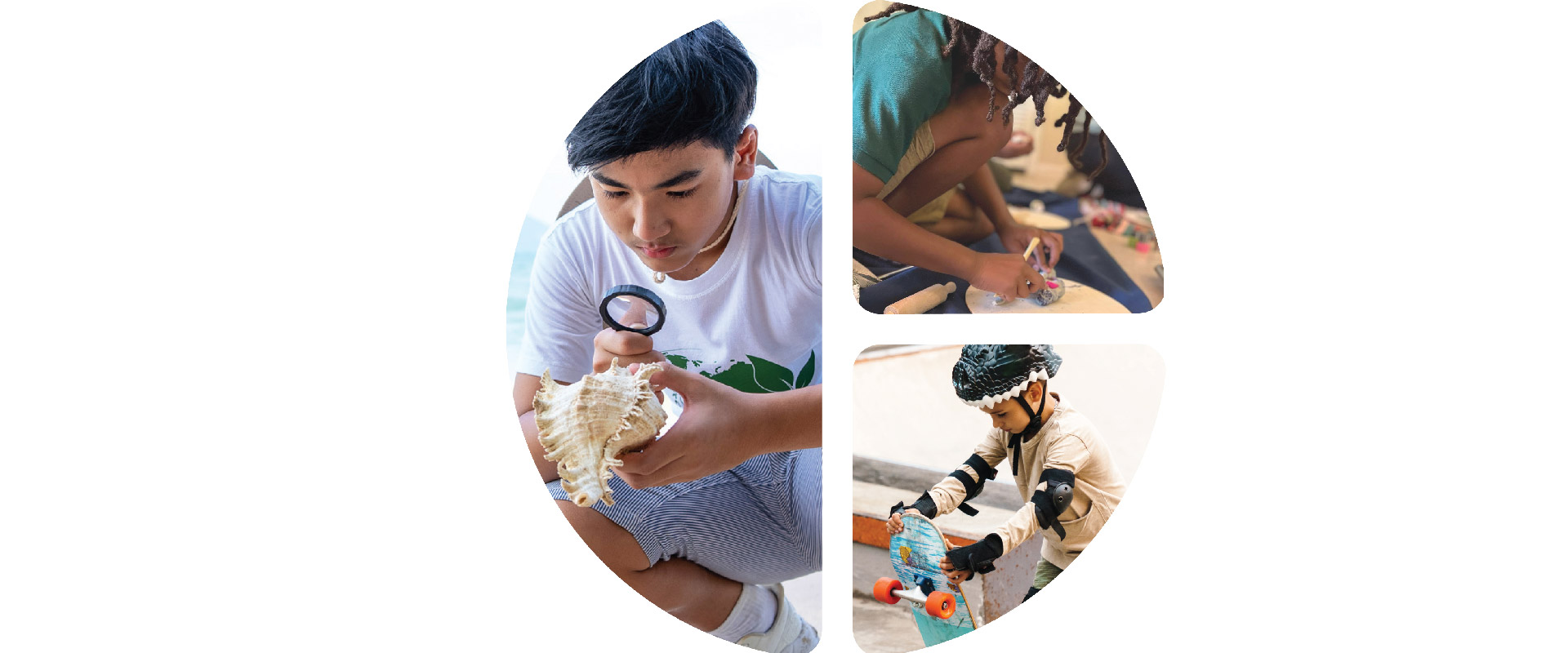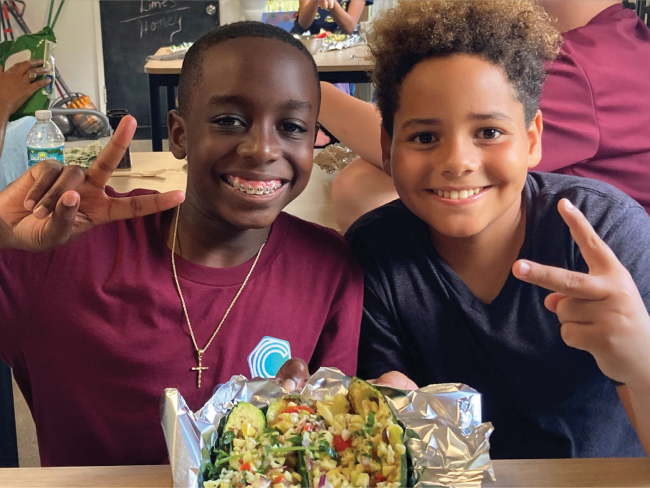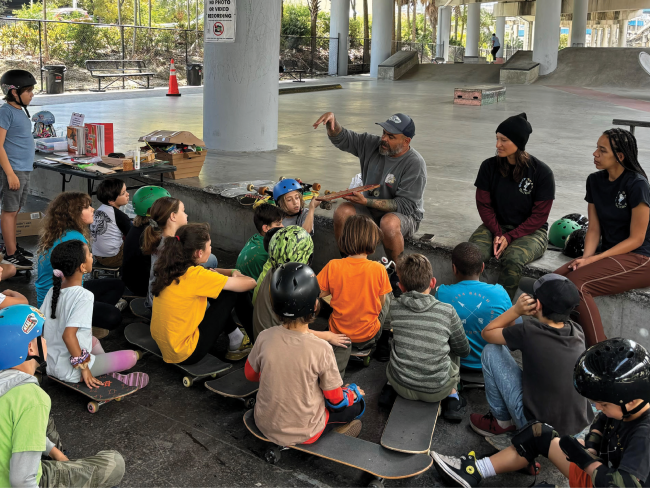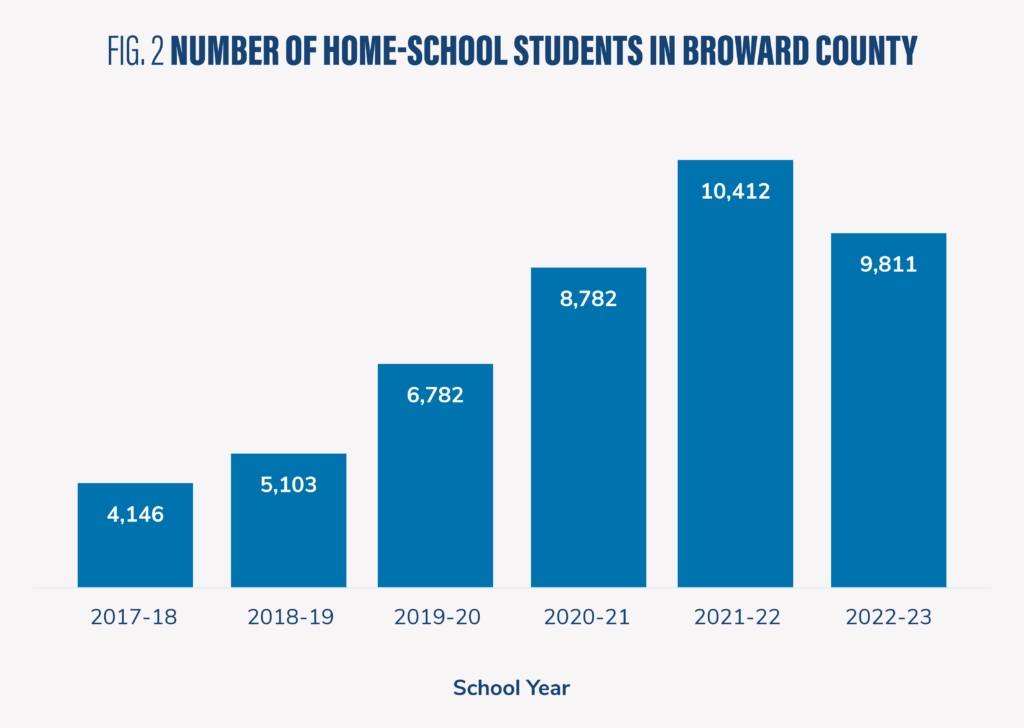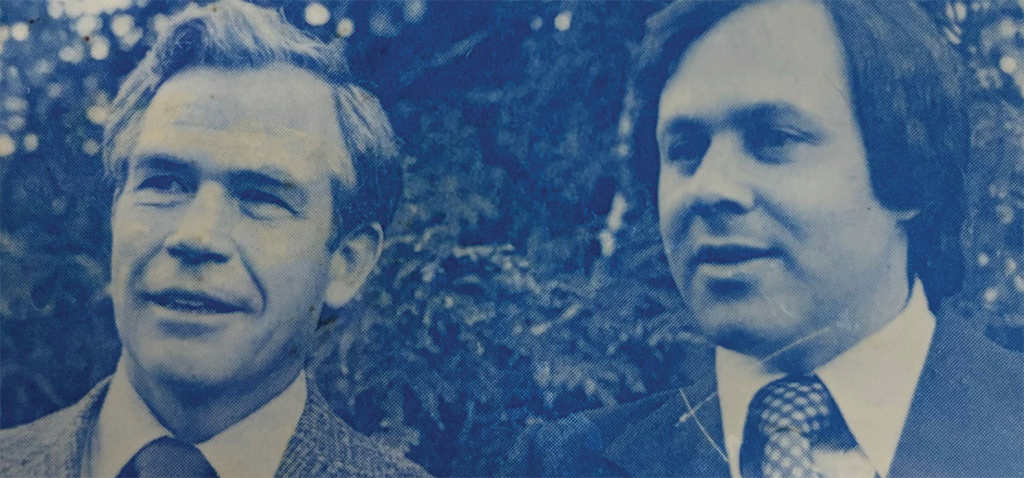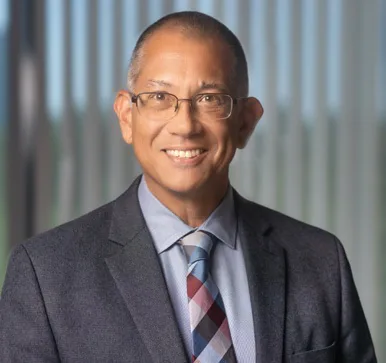SALTWATER STUDIES
So how’s this for a science classroom?
These students are snorkeling on the edge of the Atlantic Ocean in a place called Jupiter Inlet. They’re enrolled in an à la carte learning program called Saltwater Studies.
Saltwater Studies was started in 2011 by Christa Jewett, a marine biologist who used to work for an environmental consulting firm. Now she teaches students from kindergarten to high school in South Florida’s expanding network of home-schools and micro-schools.
More than a dozen state and county parks function as their classrooms. At one, Jewett secured a state permit so her students could contribute data to a marine life monitoring project.
This is what “school” can look like in a world where entrepreneurs can leverage education choice programs to create innovative options and parents can use those programs to access them.
Until a few years ago, Jewett had to work side jobs because her immersive science lessons alone wouldn’t pay the bills. Then COVID-19 happened. Suddenly, more parents, dissatisfied with traditional schools for multiple reasons, wanted more options.
Now Jewett’s serving 200 students a month. That’s triple the number from 2020 and 20 times the number she started with in 2011.
“It’s gotten so big so fast, it’s surreal,” Jewett said. Last school year, about 15 students used ESAs to access Saltwater Studies. This year, the number is 32 and counting. Now that Florida has universal eligibility for ESAs, even more students and families will be able to access what Jewett and other entrepreneurs are creating.
Read more: https://nextstepsblog.org/2024/06/spotlight-saltwater-studies/


